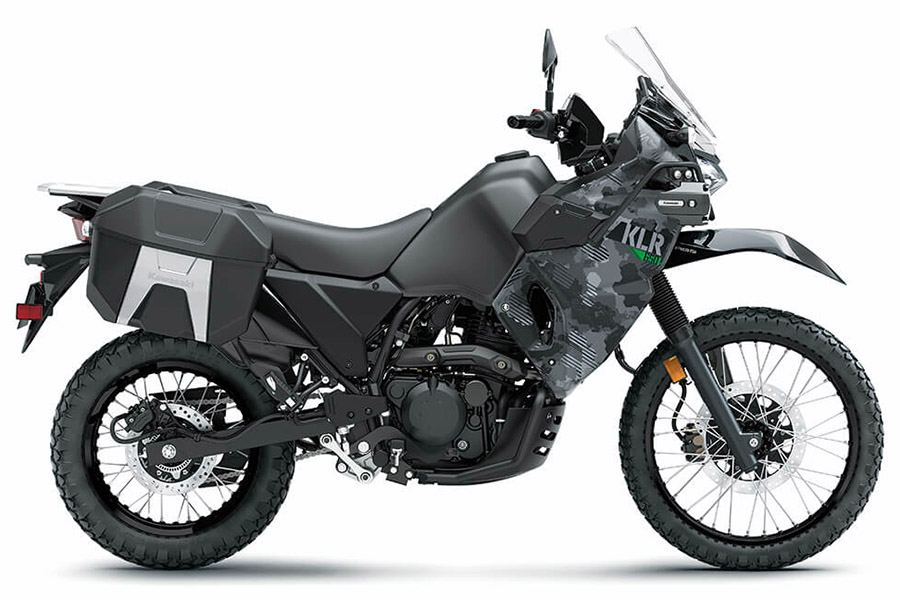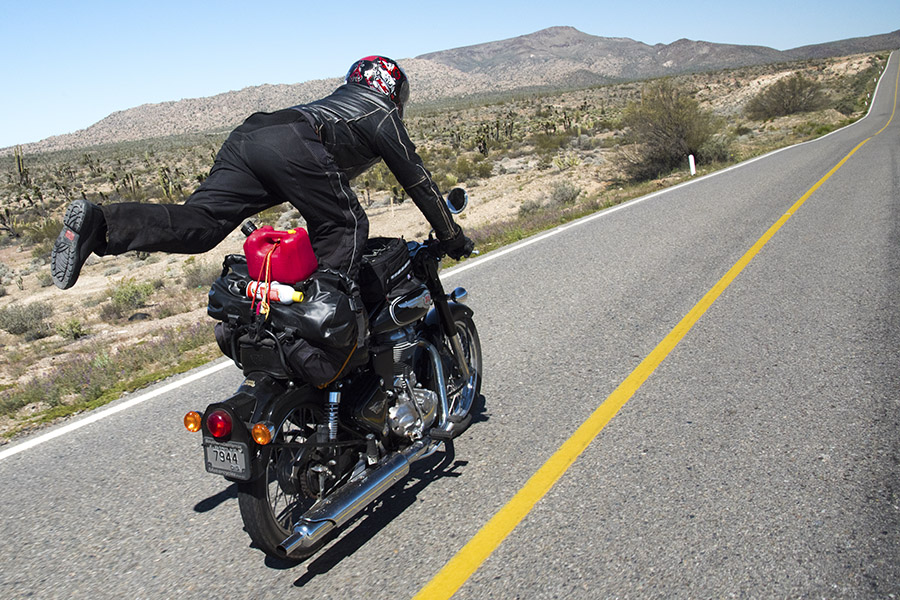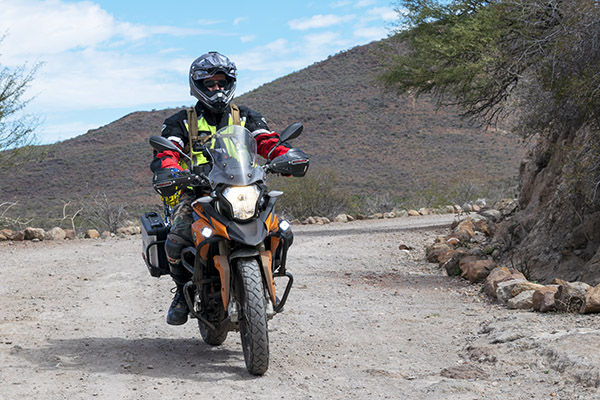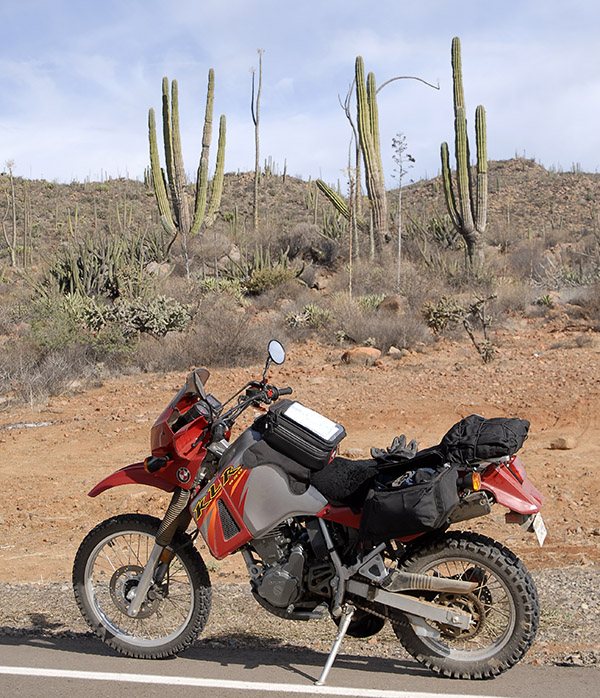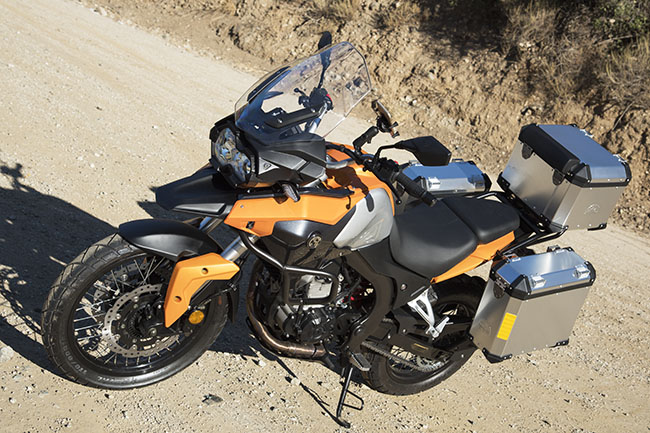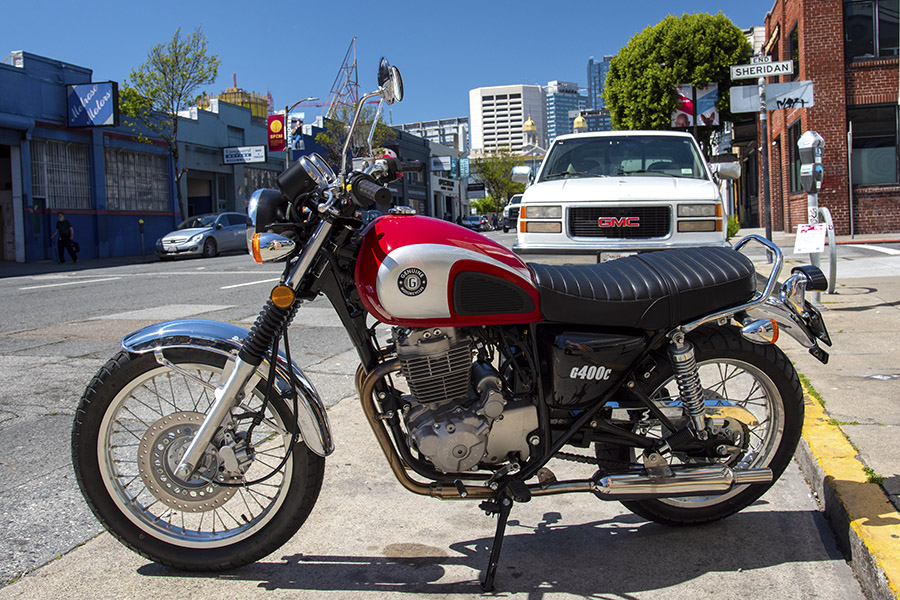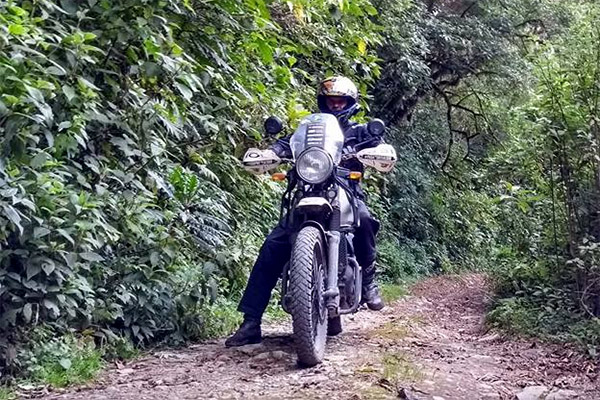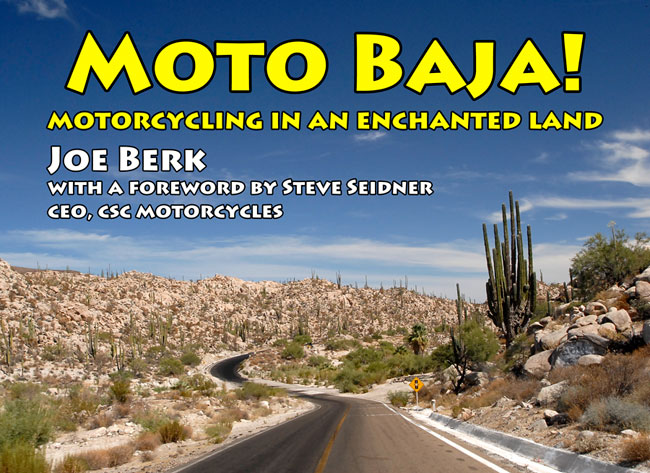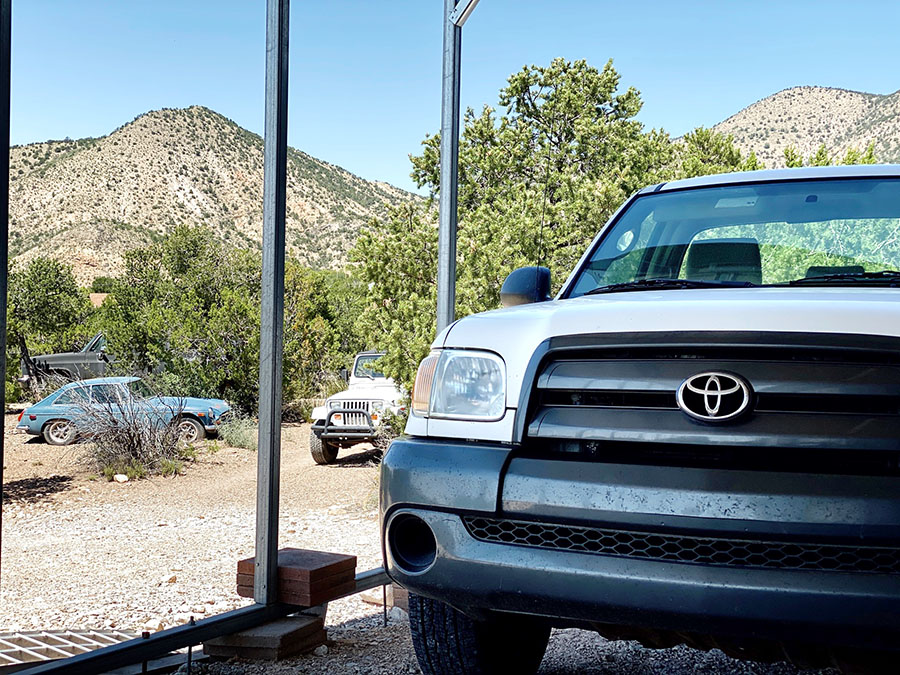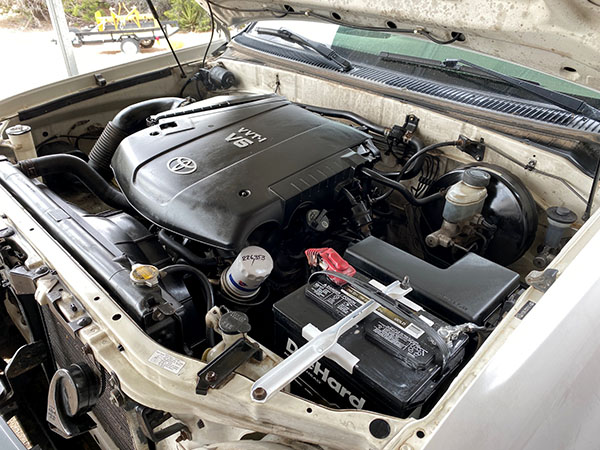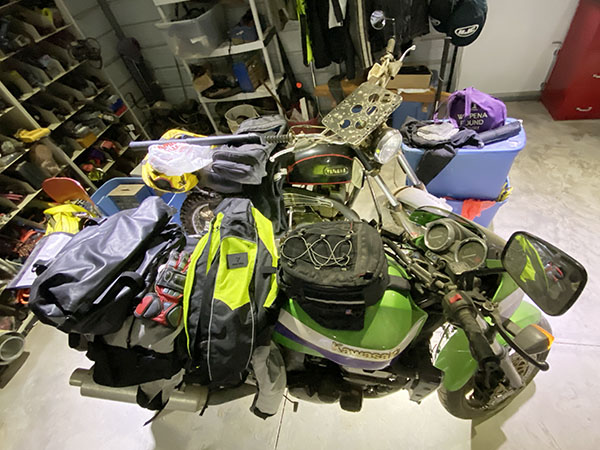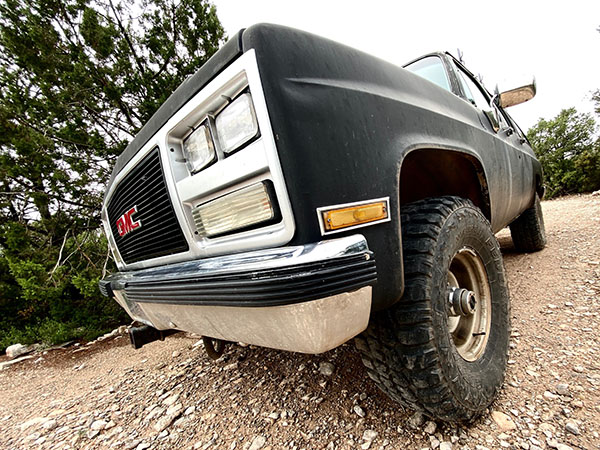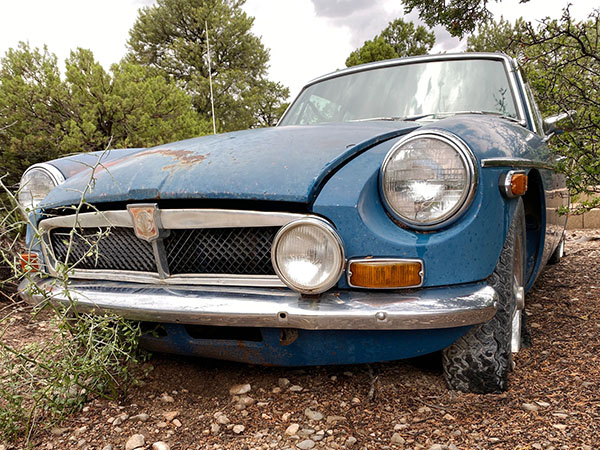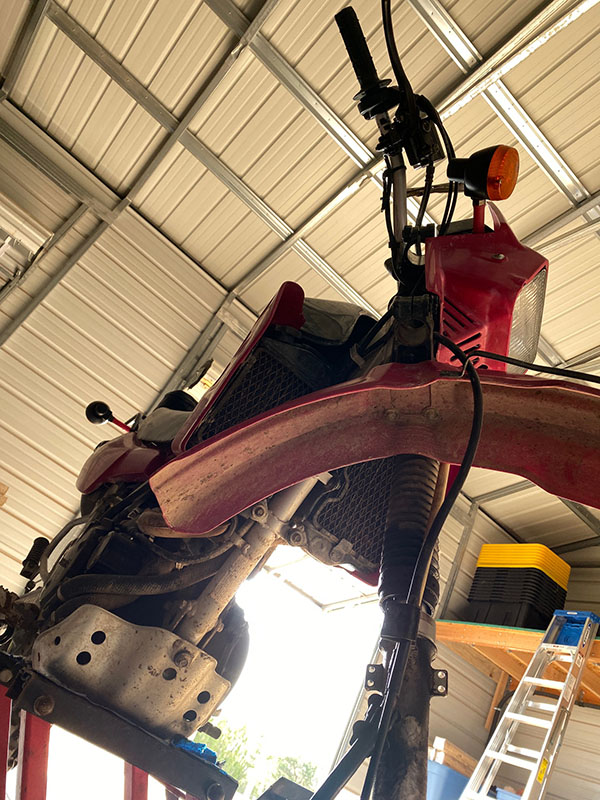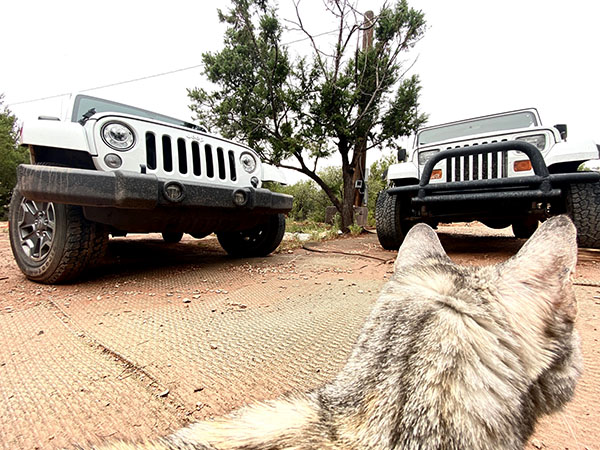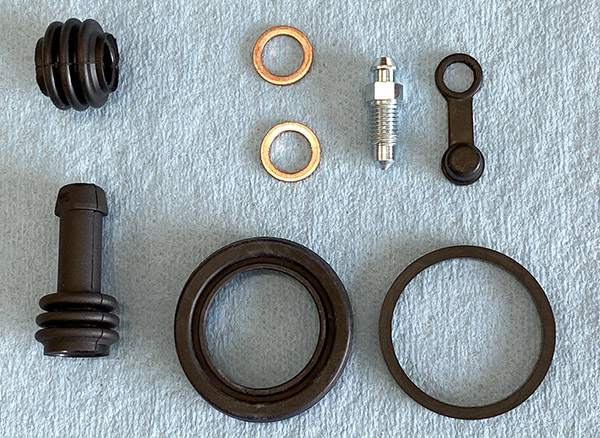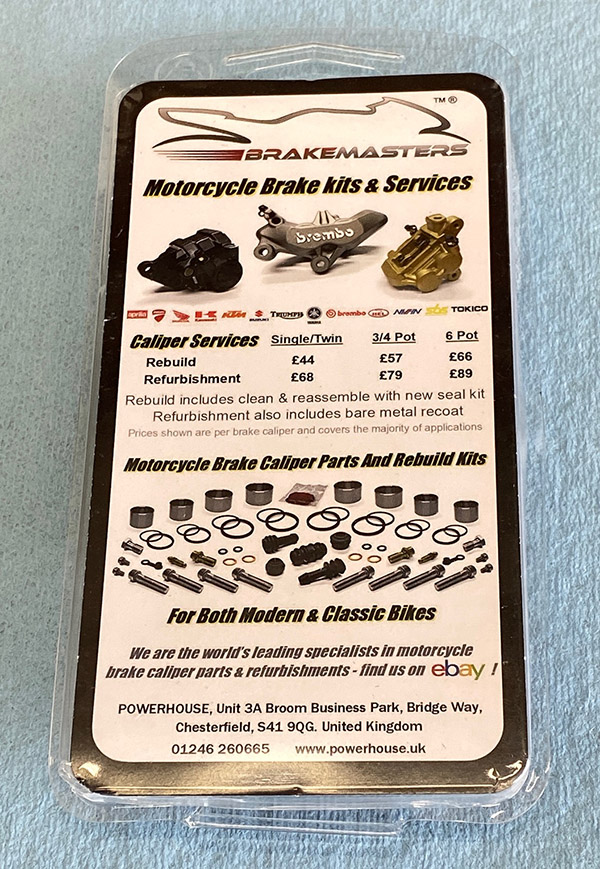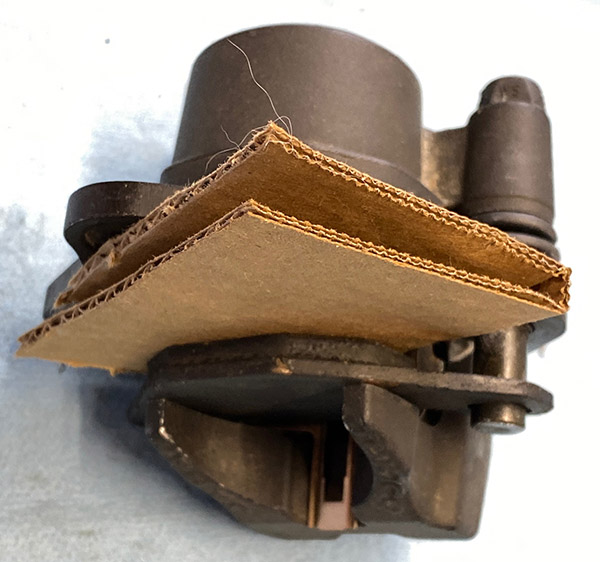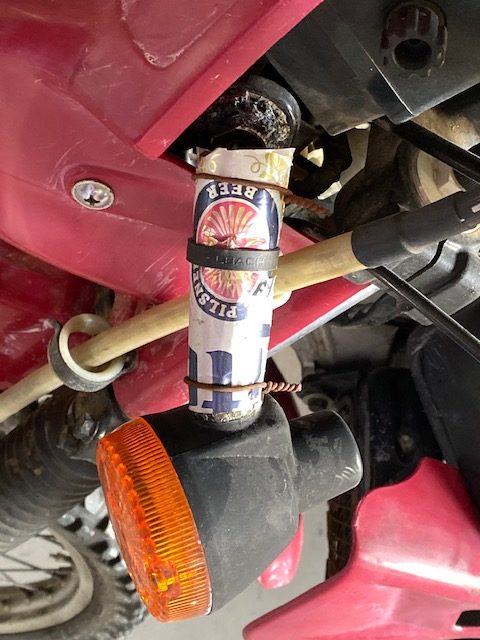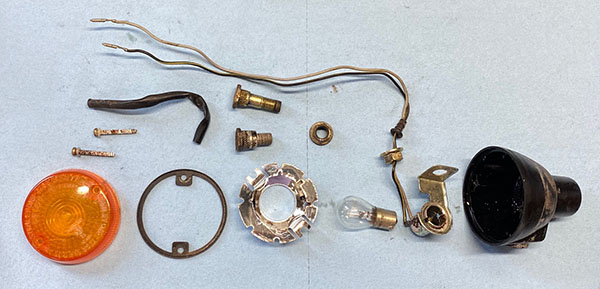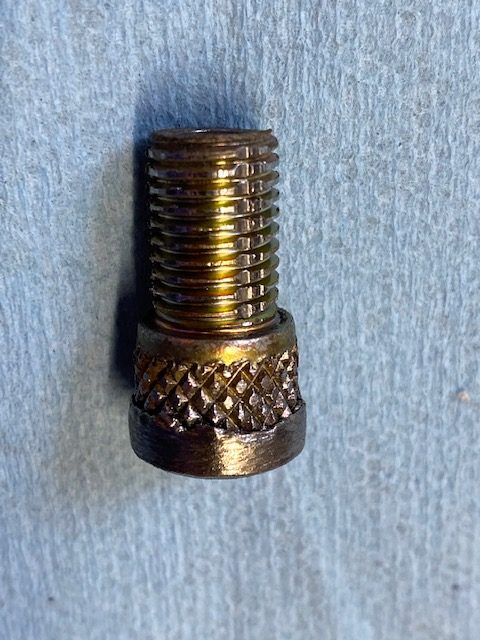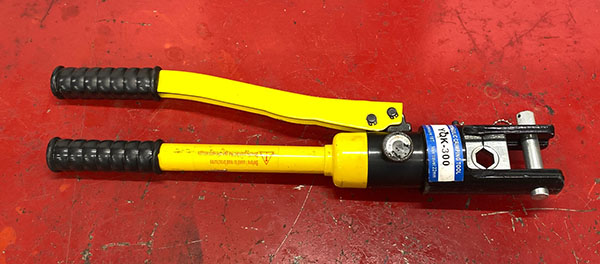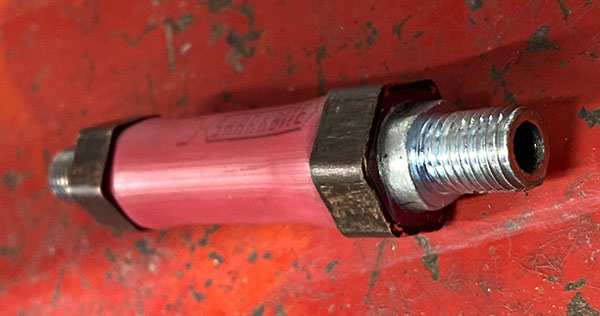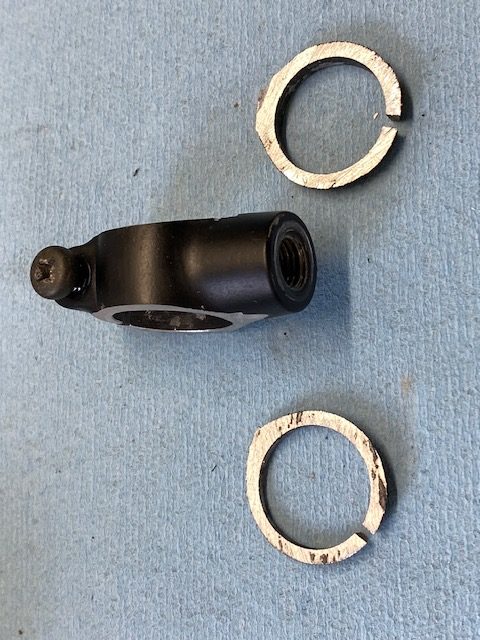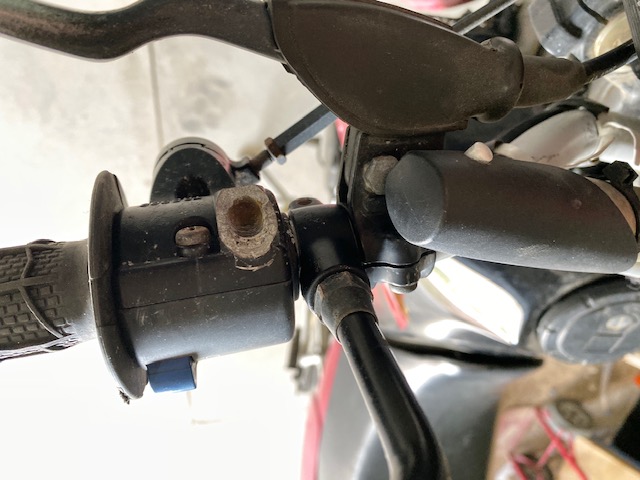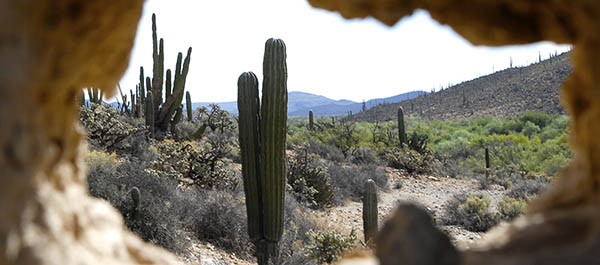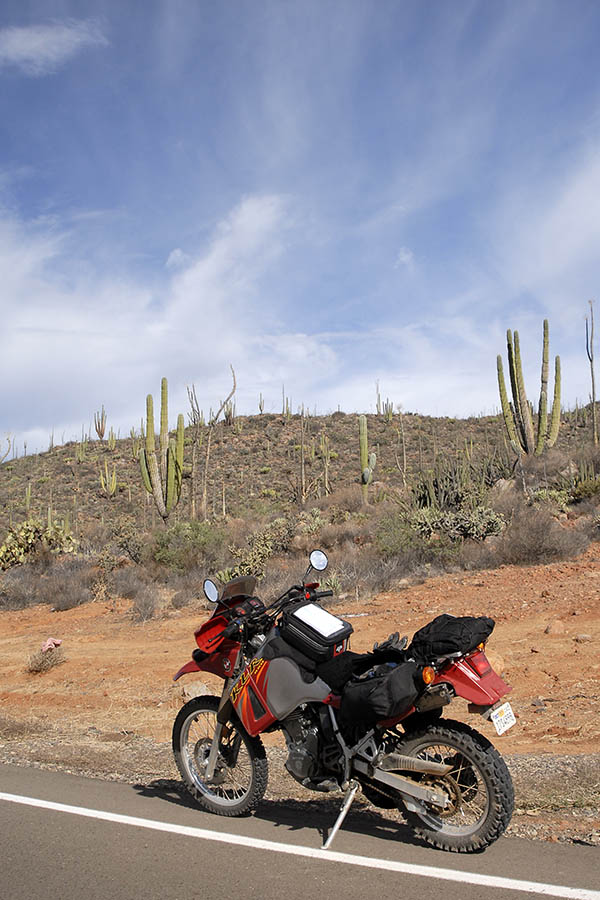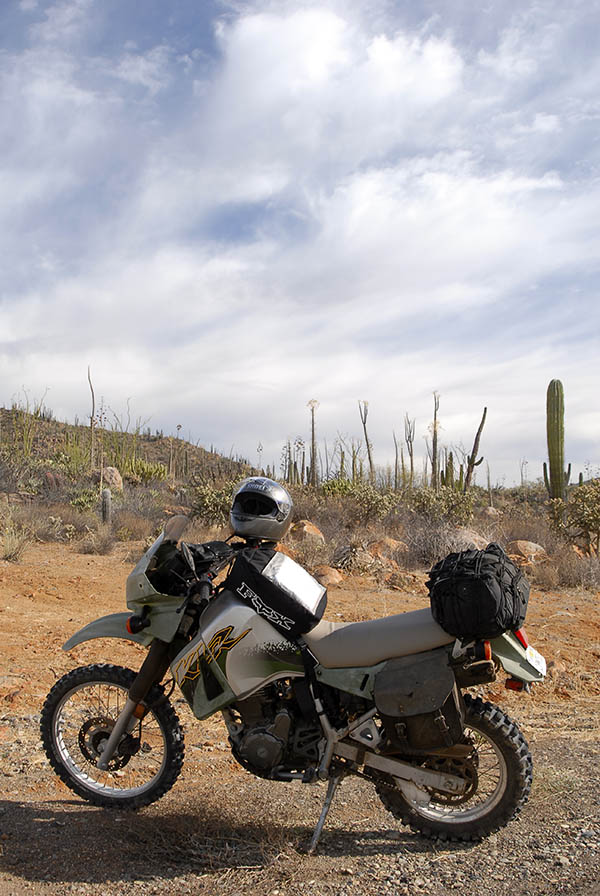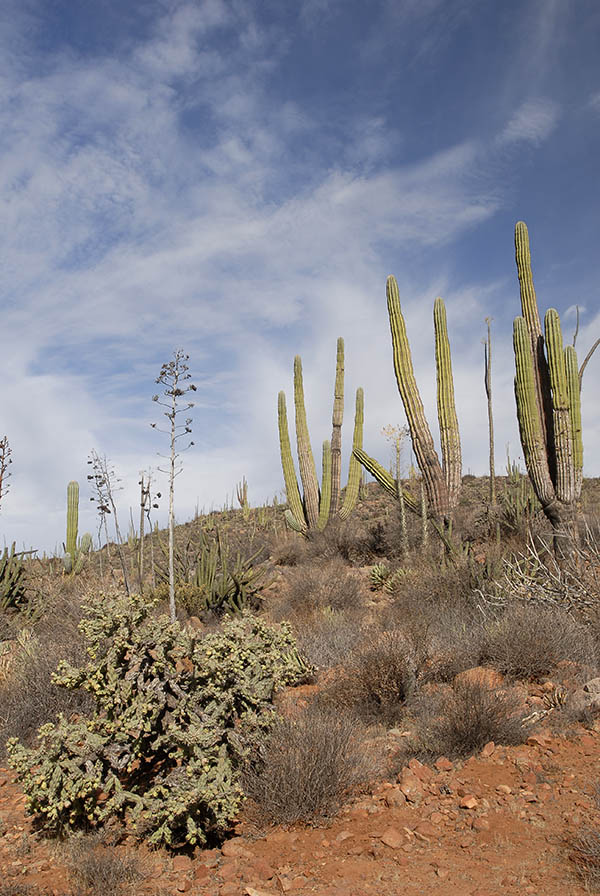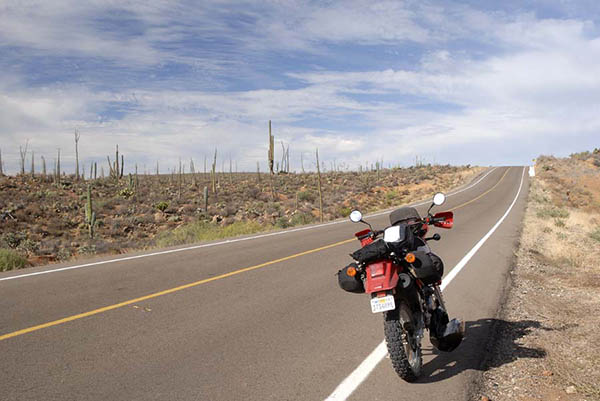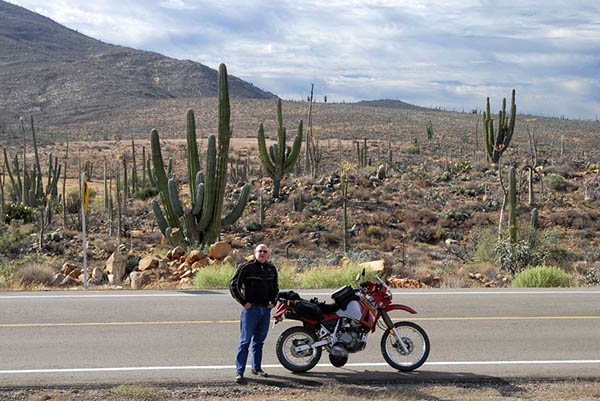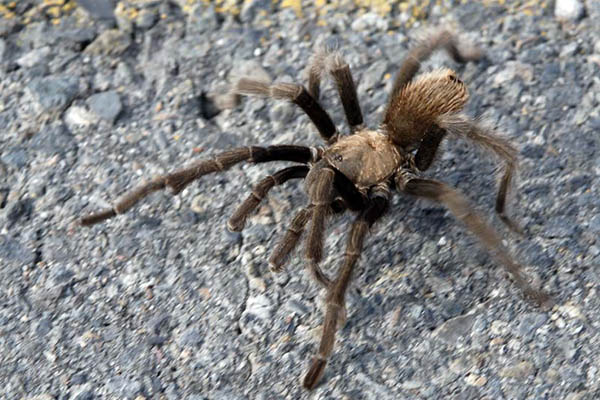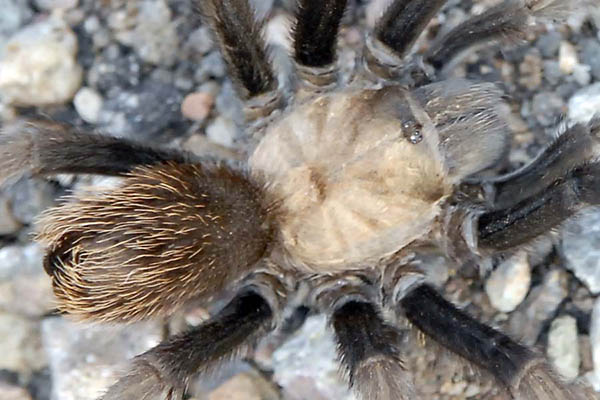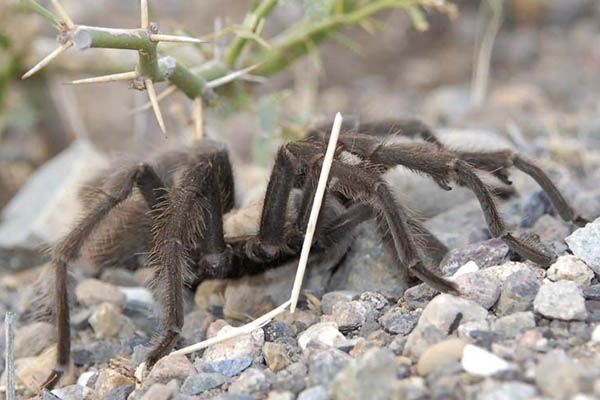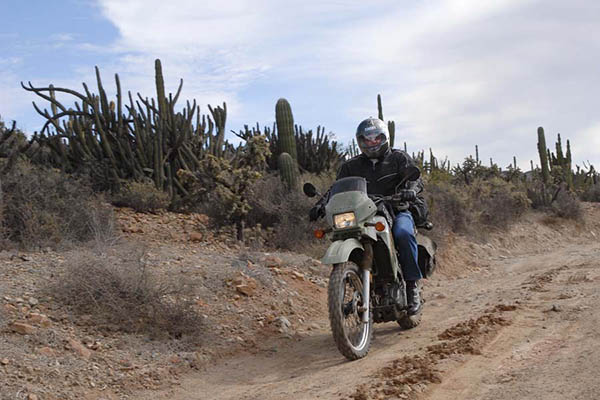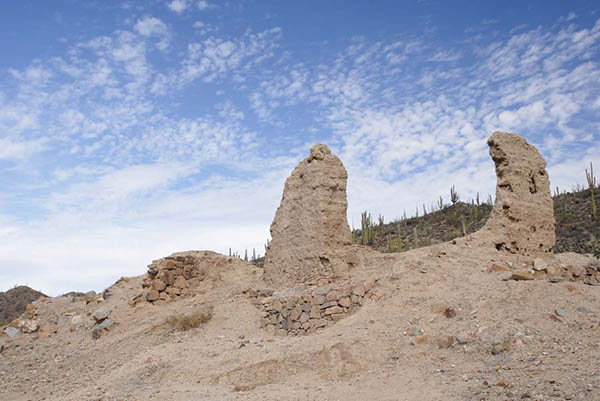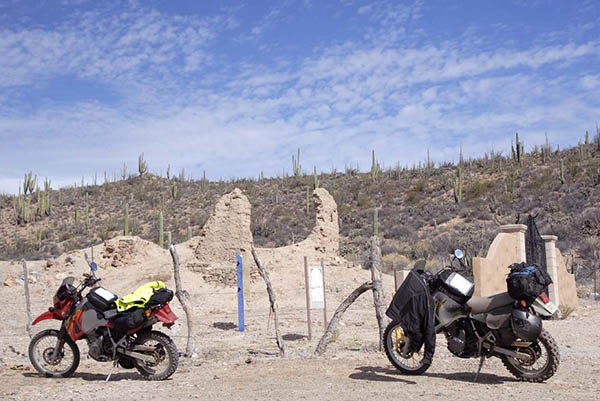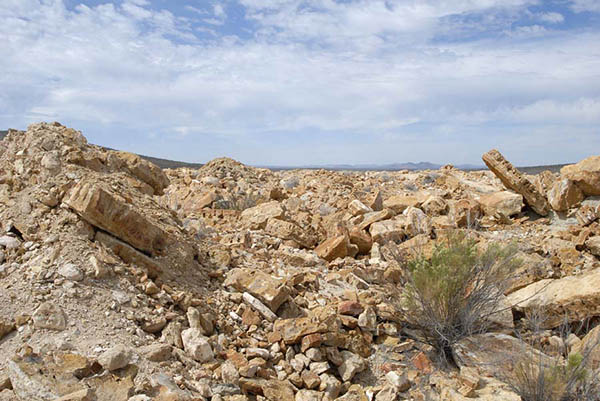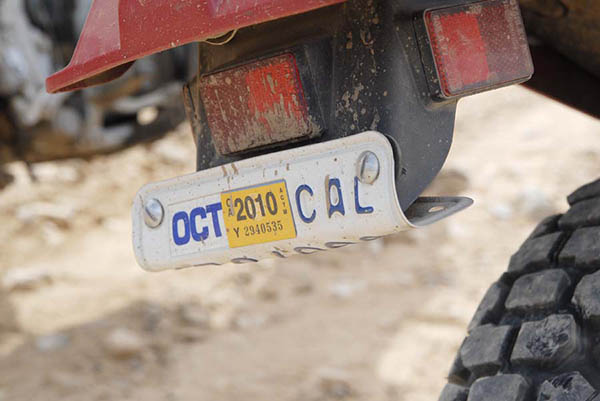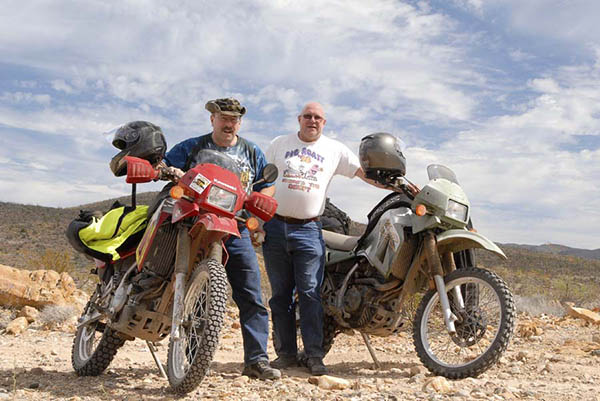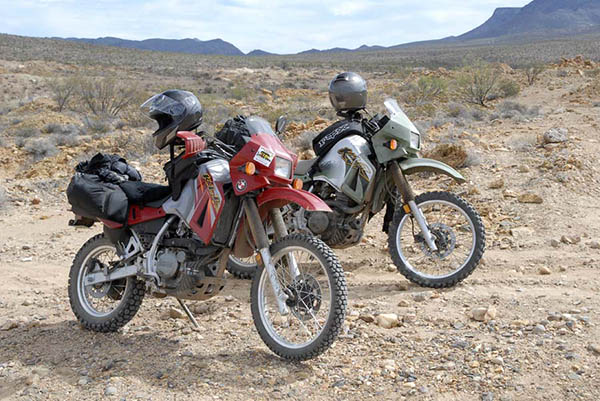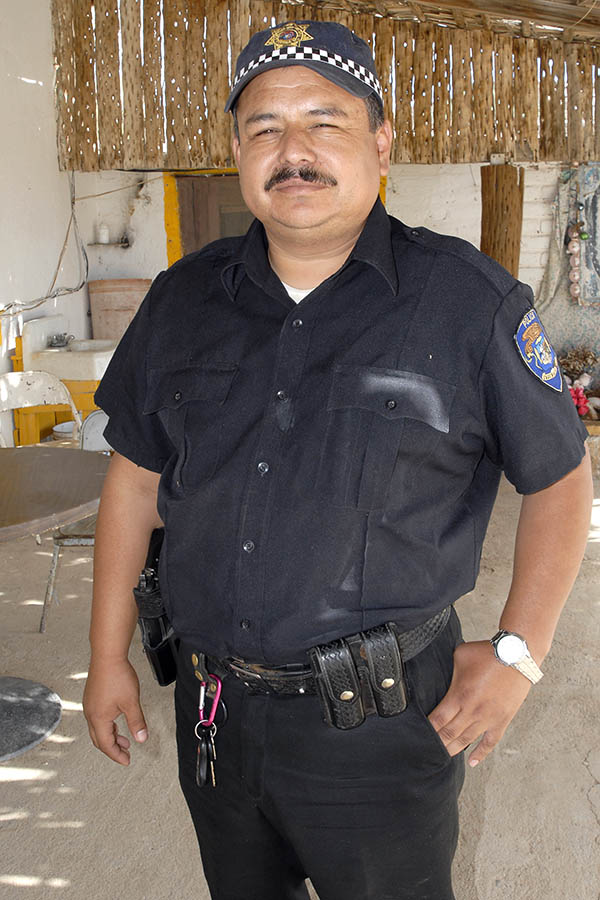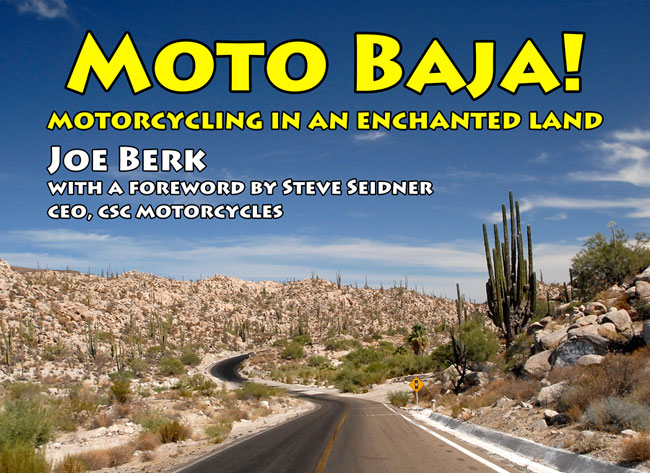To really understand the cloud of confusion surrounding my brain you’ll have to go back to the very beginning. Back when Zed was left for dead. We don’t have time for that now so I’ll cut to the chase: Zed ran fine for 3000 miles and then the carbs started puking gas from the overflow tubes. The bike was running rich and fluffy as hell. Idle was hit and miss.
My natural assumption was that the old float needles had worn a groove into the sealing surface preventing the cone-shaped needle tip from seating. I purchased a cheap but shoddy set of needles/seats on eBay and with my deft touch soon had them fitted into Zed’s 4 carburetors.

And one of the carbs still puked fuel. If you’ve followed this saga online you’ll know that the brass seat was punched with some tiny, elfin numbers. This punching deformed the seat so that the fuel kept leaking into the float bowl and then overflowed onto the ground. I replaced the new seat with the best looking seat out of the old batch.
This cured the fuel leaking issue. I could leave the petcock in the “on” position and the bike stayed nice and dry.
Yet Zed was still running poorly, cylinders would cut out randomly and the idle was inconsistent. Further investigation revealed that the rubber, year-old vacuum port plugs had dry rotted allowing air to seep past and upsetting the tenuous air/fuel ratio. I ordered new vacuum plugs and was sure the running problems would go away.

They didn’t. In fact, fixing the air leak seemed to make things worse. The bike would run on 3 cylinders and then 4 as your road speed increased. It seemed the longer it ran the worse it ran. I checked the ignition points. They were the original points that came with Zed and had served me well but now they were pitted badly. I filed the points back to good smooth contacts and now the filed points were so thin I couldn’t rotate the mounting plate enough to set the timing correctly.
And so it continued. I ordered new points and reset everything. I had fat, blue spark. The Kawasaki ran terrible. I checked battery voltage, changed fuel filters and nothing worked. In my befuddled state I hit on the float level as a potential cause of the problem and ordered the cool little bowl drain fitting and clear tube tool used to set the float levels.

The float levels were all high. I reset the float levels to spec and now I was truly sure I had the bike problems licked. It ran worse each test ride. I could go about 10 miles before the bike would start missing. It seemed like cylinder 1 was the most likely culprit as removing the plug wire on #1 had no effect on the engine. Pulling the #1 sparkplug revealed a flooded cylinder. Cylinder #4 was also sort of weak, not exactly shouldering the load if you know what I mean and I think you do.
I checked coil resistance and coil 1&4 were exactly the same as coil 2&3. Must be the condensers, I told myself. Condensers are typically replaced along with points: they come as a set. I didn’t buy them that way because in my entire life I’ve only found one bad condenser. Anyway, the way reproduction parts are made you want to keep the original stuff if it still works.

My frustration was growing. Instead of nickel and diming my way through the ignition system I bought new coils and an entire ignition backing plate with new points, condensers and fresh screws the heads of which were not stripped out. It was a whole new ignition system. I was sure something was heating up and fouling the plugs.
My $114 dollar ignition system bought me nothing but clarity. But it was a glorious clarity. The bike ran worse than ever. I didn’t get out of the shed before the #1 cylinder fouled. I was smiling; the odds were narrowing rapidly and in my favor. What are the chances of two completely different ignition systems having the exact same fault? Nearly zero, my brothers. You’ll not hear me complaining about blowing $114 on an ignition system I didn’t need because I was sure then that the problem was carburation. I re-checked the float level in the #1 carburetor. It was fine but I knew now that the only thing I had changed in that carburetor was that damn needle and seat.
I picked through the old needles and seats and selected the best looking set. I removed the eBay needle and seat and reinstalled the old ones. That was it. Zed ran on all four cylinders. I took the bike out for a test ride keeping my fingers crossed at the dreaded 10-mile mark but the bike kept running. I lugged the motor in high gear. The motor pulled cleanly without missing.

I know better than to assume anything was fixed without putting a few miles on the bike so I did a loop to Capitan, out to Roswell and then through Ruidoso to home, a trip right at 300 miles. At my first gas stop in Capitan I was astounded at the fuel mileage. Previously Zed was a steady 40 miles per gallon bike. That first fill-up netted 50 miles per gallon.

From Capitan to Roswell was a nice, winding, 4000 rpm tootle enjoying the breeze and the smooth running Kawasaki. I filled up again and the old Z1 returned 59 miles per gallon. Almost a 50% increase in fuel mileage.
In Roswell’s hot, stop-and-go road construction traffic Zed started to stumble. Crap, I was 100 miles from home and the problem had returned. One cylinder started dropping out and then another. The bike was dying in the middle of the road. Out of instinct I reached down and found the fuel petcock in the off position. Zed ran all the way home on 4 cylinders.
I can’t explain why it took so long to figure out the problem. There were so many distractions on the way to that moment of clarity. I’ll be looking for some OEM Mikuni needles and seats. They say the cheap man pays the most but I’ve found that value is very subjective. For example, what would I be writing about if I bought the correct parts the first time around?
Hey, you need to read the complete Kawasaki Z1 resurrection story!
Need more Joe Gresh?
Never miss an ExNotes blog: Sign up here!


